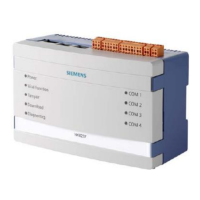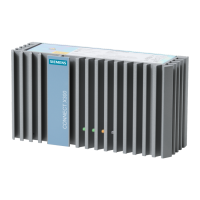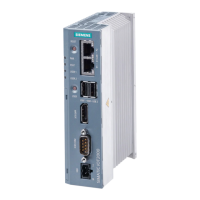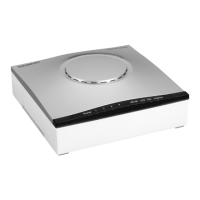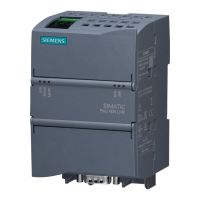Configuration
34
Building Technologies
048_DMS_NK8237_ICC_MP4.40_A6V10316241_a_en.doc
Fire Safety & Security Products 06.2011
7.3 Creating a new NK8237 Composer project
In the Composer environment, new NK8237 projects should be started from an
empty template. Depending on the DMS8000 installation you have, there are two
ways to do that.
If your DMS8000 installation only includes the Composer tool (as documented
in the installation section 6.1.3.1 at p. 25), you can just select the Ne
w com-
mand in the Project Management window (Fig. 27) to open a new empty pro-
ject
and start the NK8237 configuration.
If Composer is open, you can also click File New on the menu bar.
Fig. 27 Starting a new project on a Composer-only station
In this type of scenario, you can skip the remaining part of this section and pro-
ceed directly to section 7.4 below.
Instead, starting a new Composer project on a computer where MM8000 or
MK8000 product is installed (Stand-alone station setups) results in a predefined
MM8000 or MK8000 template being used. In this case, a specific procedure is
required to restore an empty template. You need to operate as described here
below.
Do not use an MM8000 or MK8000 template for configuring the NK8237,
which cannot be used in MM8000 or MK8000 configurations. In such cases,
you can apply the NK8232 and NK8235 units.
Creating a new NK8237 project on an MM8000/MK8000 station
1. In Project Management, select Restore.
The Restore window displays.
2. In the line corresponding with File to be restored, click Browse.
The Select restore File window displays.
3. Select the file Empty.bak in the folder:
<InstallationDir> \ Sample Projects
with the default installation folder being: C:\Program files\DMS8000 (assuming
an English version of Windows).
4. Click Open (see Fig. 28).
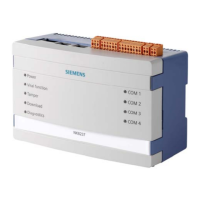
